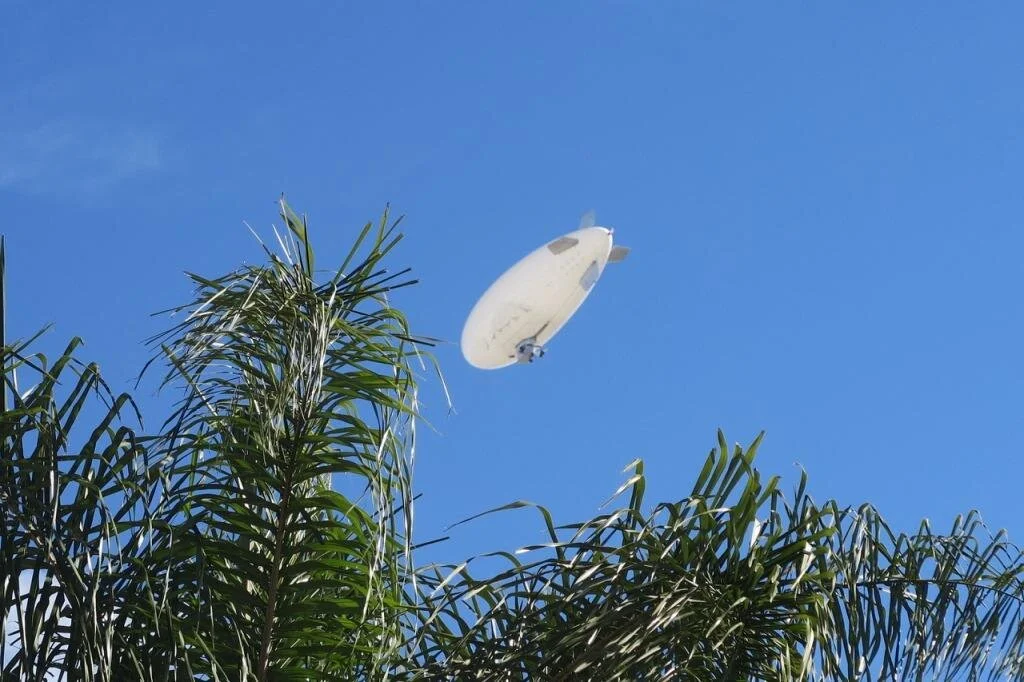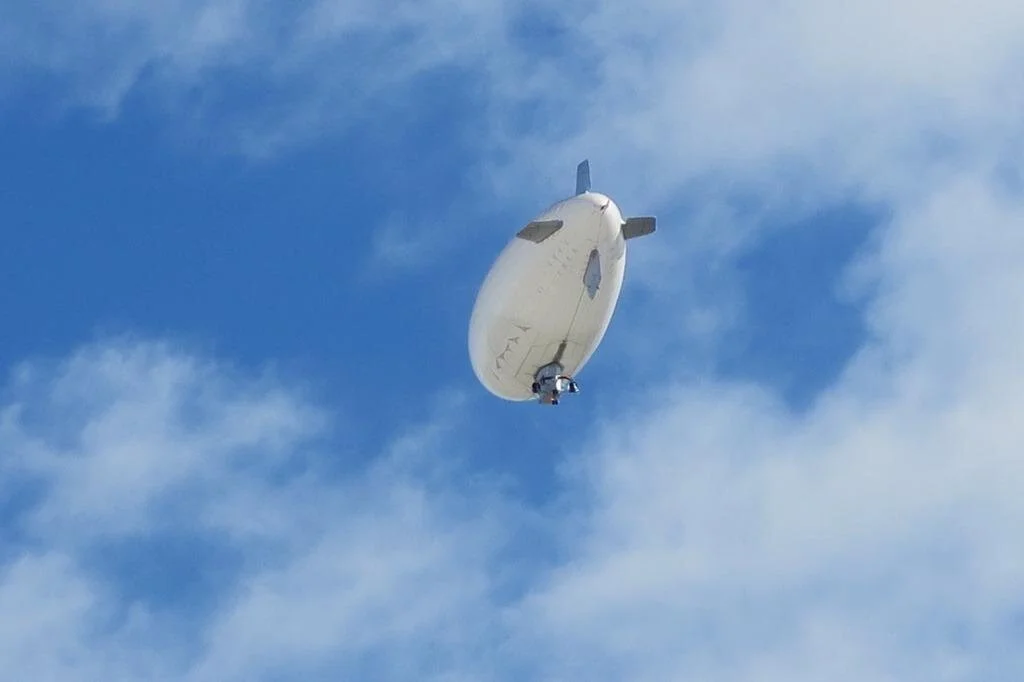Federal Reserve Establishes U.S. Coin Task Force to Address Low Coin Inventories
/According to the Federal Reserve, business and bank closures associated with the COVID-19 pandemic have significantly disrupted the supply chain and normal circulation patterns for U.S. coins. While there is an adequate overall amount of coins in the economy, the slowed pace of circulation has reduced available inventories in some areas of the country.
The primary issue with coin is a dramatic deceleration of coin circulation through the supply chain. As of April 2020, the U.S. Treasury estimates that the total value of coin in circulation is $47.8 billion, up from $47.4 billion as of April 2019. While there is adequate coin in the economy, the slowed pace of circulation has meant that sufficient quantities of coin are not readily available where needed. With establishments like retail shops, bank branches, transit authorities and laundromats closed, the typical places where coin enters our society have slowed or even stopped the normal circulation of coin. The coin supply chain includes many participants, from the U.S. Mint who produces new coin, to the Federal Reserve who distributes coin on the U.S. Mint’s behalf, to armored carriers, banks, retailers and consumers, all of whom have a role to play in helping to resolve this issue.
The Federal Reserve is working with the U.S. Mint and others in the industry on solutions. As a first step, a temporary cap was imposed on the orders depository institutions place for coins with the Federal Reserve to ensure that the current supply is fairly distributed. In addition, a U.S. Coin Task Force was formed to identify, implement, and promote actions to address disruptions to coin circulation.
Members of the U.S. Coin Task Force include individuals from the American Bankers’ Association, Department of the Treasury, National Armored Carrier Association, Federal Reserve System and other organizations.
The task force will meet for a series of virtual working sessions in July with the goal of sharing a set of recommendations at the beginning of August. The group will focus on identifying actionable steps that supply chain participants can take to address the current coin circulation issue.
As the economy recovers and businesses reopen, more coins will flow back into retail and banking channels and eventually into the Federal Reserve, which should allow for the rebuilding of coin inventories.











